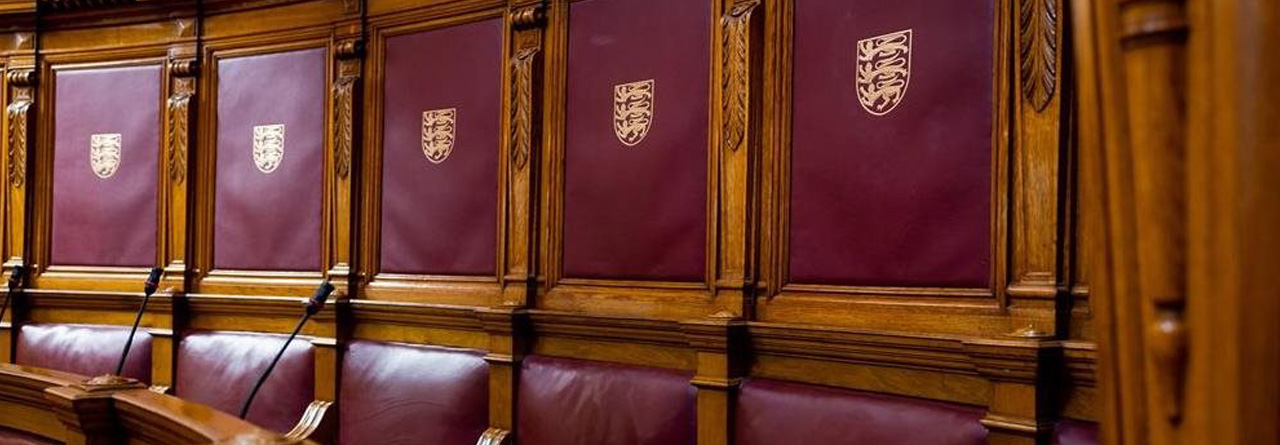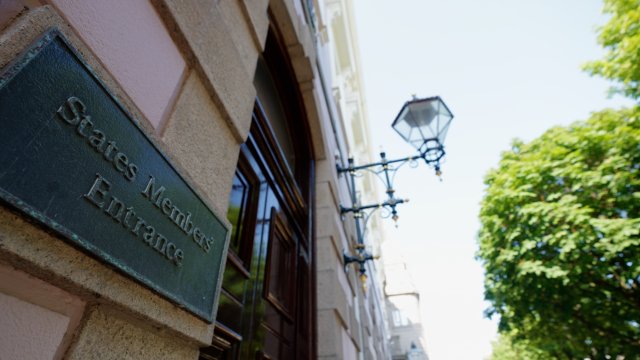
Legislation comes before the States Assembly in several forms:
- As a brand new Law
- As an Amendment Law that seeks to change an existing Law
- As a Regulation (or an Amendment Regulation)
- As an Order.
Sometimes the Assembly may debate a proposition by an individual States Member which seeks the introduction of a new Law or an amendment to an existing one; for example that it should be inscribed in law that rear seat belts should be used in vehicles.
If this initial proposition is adopted by the Assembly, the relevant Minister (or other body) with responsibility for the particular area (in the case of seat belts this would be the Minister for Infrastructure) is then tasked with instructing the Legislative Drafting Office to prepare a Draft Law which would give effect to the Assembly's decision. The Draft Law then has to be debated and approved by the Assembly.



